Sassafras (Sasssfras albidum)
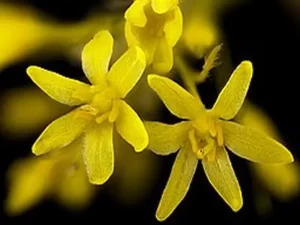
Alternative Names
White Sassafras, Ague Tree, Lily-of-the-Valley Tree, Cinnamon Wood, Saloop
Description of Sassafras (Sassafras albidum)
Sassafras (Sassafras albidum), a member of the Lauraceae (Laurel Family), is a deciduous tree that grows to 70 feet tall and has green and yellow flowers that bloom in the spring. Birds like to eat the fruits of this tree. More information about Sassafras can be found on this blog post.
Hosted Species
Spicebush Swallowtail (Papilio troilus troilus)
Eastern Tiger Swallowtail (Papilio glaucus)

Palamedes Swallowtail (Papilio palamedes)
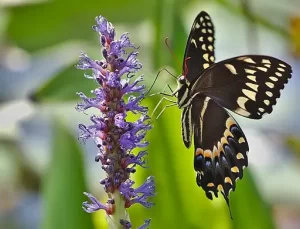
Pale Swallowtail (Papilio eurymedon)
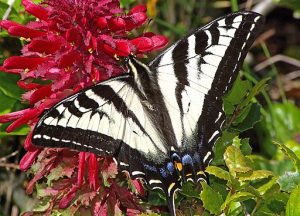
Nectar Species
Many other insects use this species for nectar.
Habitat
This species grows in open woodlands, fields, roadsides, and waste areas.
Range of Spicebush (Lindera benzoin) in the United States and Canada
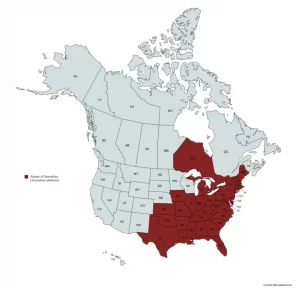
Interesting Facts
The species name, albidum, is Latin for white. The tree can often form large clones.
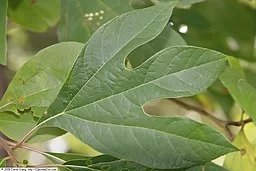
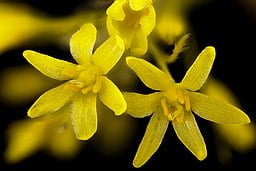
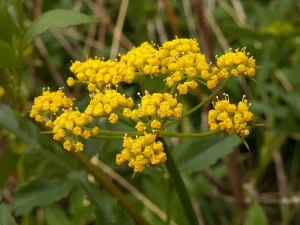
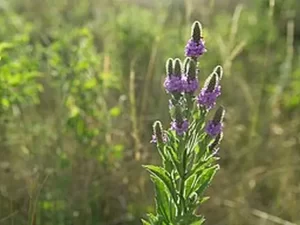
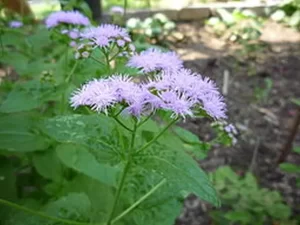
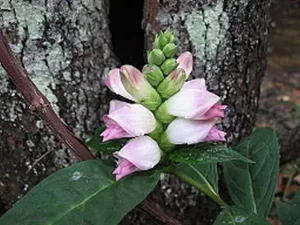
Reviews
There are no reviews yet.